2017 Nissan Altima Midnight Edition Specs
The 2017 Nissan Altima 2.5 SR is a Front-wheel drive Sedan. It can accommodate up to 5 passengers. It has 4 Doors and is powered by a 2.5L L4 DOHC 16-valve engine which outputs 182 hp @ 6000 rpm and is paired with Continuously variable transmission gearbox. The 2017 Nissan Altima 2.5 SR has cargo capacity of 436 Liters and the vehicle weighs 1476 kg. In terms of ride assists, the 2017 Nissan Altima 2.5 SR has stability control and traction control in addition to anti-lock brake system (ABS). The vehicle has an optional engine as well It offers and Rear view camera. Safety features also include Driver-side front airbag and Passenger side front airbag. The front suspension is Front independent suspension while the rear suspension is Rear independent suspension. The car also features a Yes It has 18-inch aluminum alloy wheels as standard. Electronic features include Cruise Control. For convenience, the car has Power windows and Power door locks. There is also a remote keyless entry feature. Moreover, the car has Remote engine starter. The steering wheel has audio control buttons. In terms of performance, the car has 199 N.m of torque and a top speed of 208 km/h. The 2017 Nissan Altima 2.5 SR accelerates from zero to 60 mph in 9 seconds and hits quarter mile at 16.5 seconds. Fuel consumption is 8.8 L/100km in the city and 6.5 L/100km in the highway. The car price starts at $ 27,858
Nissan AltimA (Teana) 2017. 0-100. Расход топлива. Обзор седана с Америки (от первого лица)
2017 Nissan Altima SV 0-60 No Fake Shifting
2017 Nissan Altima Acceleration
Forza Motorsport 7 - 2017 Nissan #23 Altima Mile Drag
تسارع نيسان التيما 2017 Nissan Altima Top speed
2017 Nissan Altima Used Price Estimates
Estimates based on a driving average of 12,000 miles per year
| Used Condition | Trade In Price | Private Party Price | Dealer Retail Price |
|---|---|---|---|
| Outstanding | $ 15,656 | $ 17,473 | $ 19,514 |
| Clean | $ 15,210 | $ 16,987 | $ 18,937 |
| Average | $ 14,317 | $ 16,015 | $ 17,782 |
| Rough | $ 13,425 | $ 15,042 | $ 16,626 |
The 2017 Nissan Altima's standard safety features include antilock brakes, stability and traction control, front-seat side airbags and full-length side curtain airbags. A rearview camera is standard on 2.5 S trims and above. SV and SL trims also receive blind-spot and rear cross-traffic alert systems. Forward collision warning and crash mitigation systems with automatic emergency braking are available only on SL trims. The available NissanConnect Services system includes automatic collision notification, emergency assistance and stolen-vehicle location services.
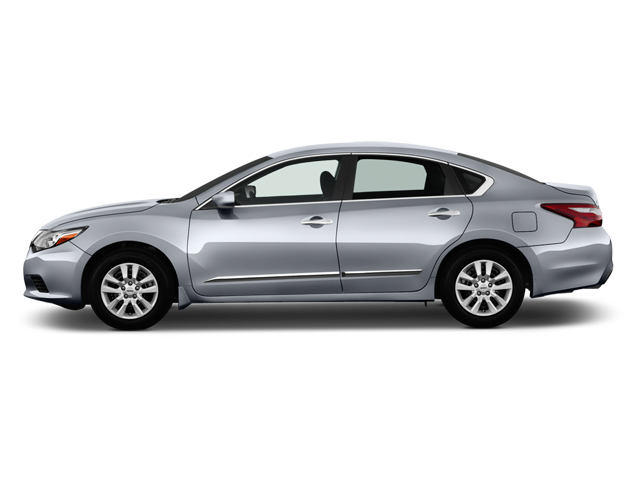
In government crash testing, the Altima earned a top five-star rating for overall crash protection, with five stars for both front- and side-impact crash protection and four stars for rollover protection. The Insurance Institute for Highway Safety awarded the Altima its top rating of Good in tests for small- and moderate-overlap front-impact, side-impact, roof strength and whiplash mitigation (seats and head restraints). It also received a Superior grade for its forward collision prevention system but only a score of Marginal (second-worst) for ease of use of its child seat anchors.
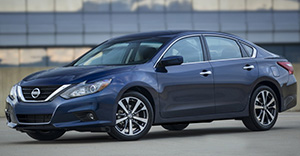
In brake testing, the Altima 2.5 SV stopped from 60 mph in 122 feet, a slightly below average distance for the class.
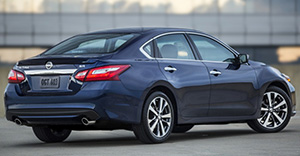
The 2017 Nissan Altima is a midsize sedan that seats five passengers. It's available in five main trim levels: base, S, SR, SV and SL. These trims are further distinguished by an engine size prefix: 2.5 for the four-cylinder and 3.5 for the V6. The 3.5 is available only in SR and SL trims. In the second half of the model year (also referred to as 2017.5 by Nissan), the base and 3.5 SR trims were discontinued and some extra safety features were added to the remaining trims (detailed below).
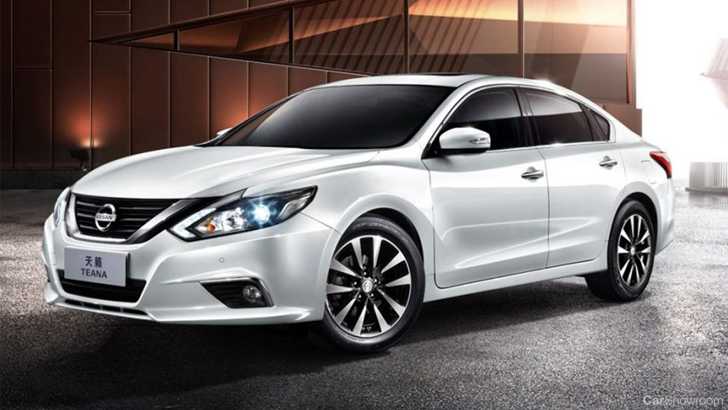
The Altima 2.5 in base trim includes 16-inch steel wheels with plastic covers, keyless remote entry, push-button ignition, full power accessories, air-conditioning, cloth upholstery, a six-way manually adjustable driver seat (four-way-adjustable front passenger seat), 60/40-split folding rear seats, Bluetooth phone and audio connectivity, a four-speaker sound system with a CD player, and Nissan's Easy-Fill Tire Alert system that flashes the lights and beeps the horn to indicate when the tires reach the correct pressure.
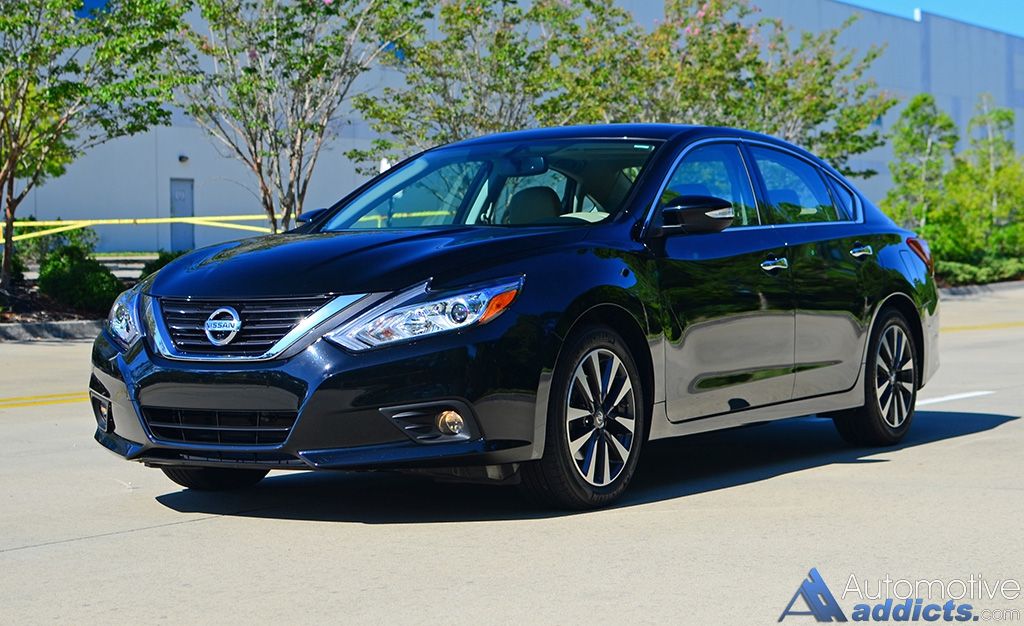
The 2.5 S trim adds automatic headlights, cruise control, keyless ignition and entry, Siri Eyes Free voice recognition for iPhone users, a rearview camera, and a six-speaker sound system with a 5-inch display, a USB port and basic NissanConnect smartphone app integration.
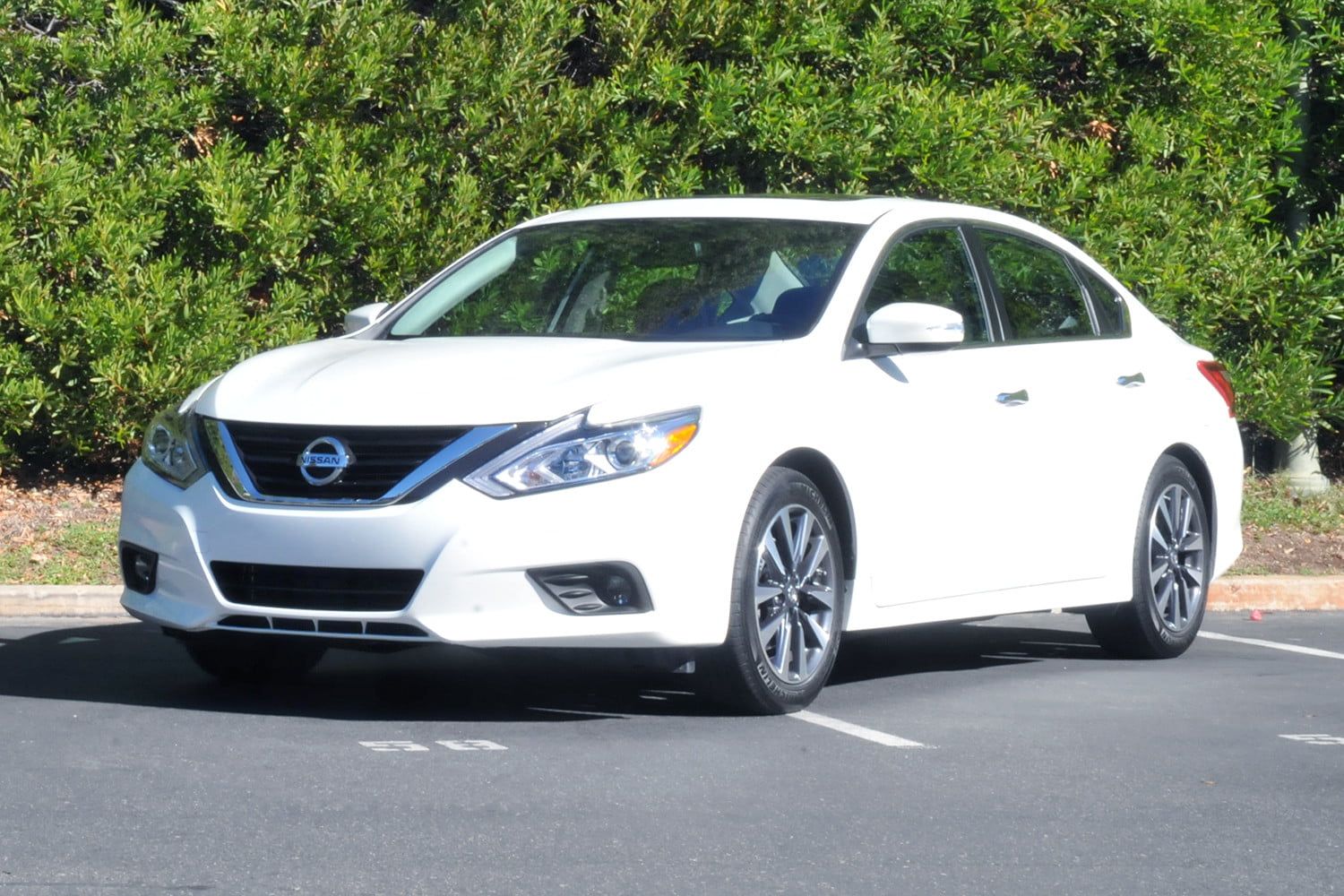
The sporty SR trim upgrades the 2.5 S with 18-inch alloy wheels, daytime running lights, foglights, a rear spoiler, a sport-tuned suspension, paddle shifters, sport seats and an eight-way power-adjustable driver seat (with two-way power lumbar adjustment).
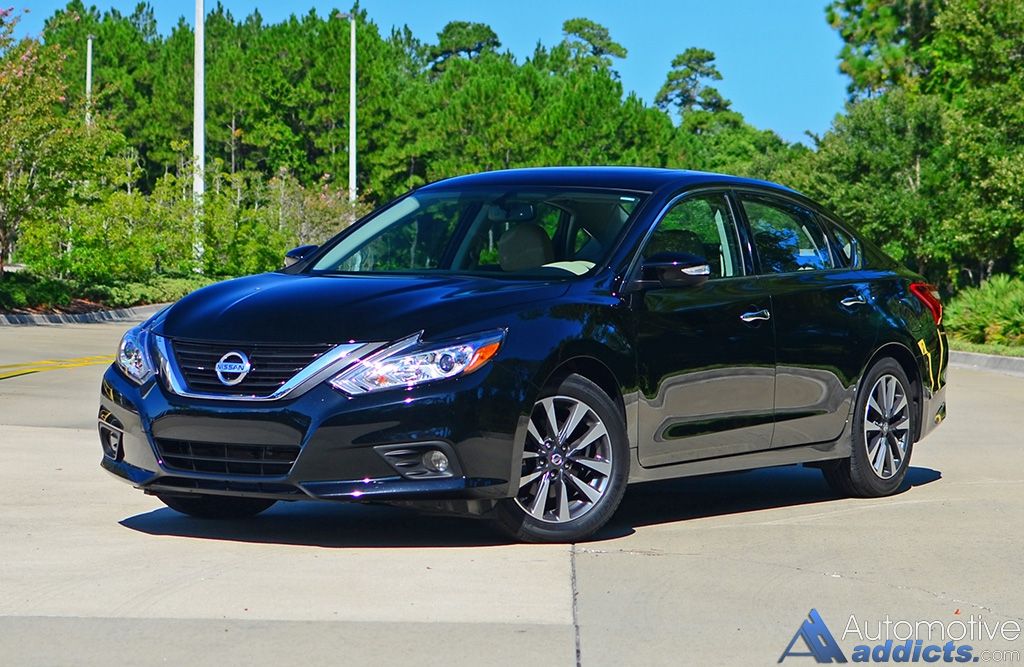
Compared to the 2.5 S, the SV trim has 17-inch alloy wheels, an eight-way power-adjustable driver seat, remote engine start, blind-spot monitoring, rear cross-traffic alert, dual-zone automatic climate control and satellite radio.
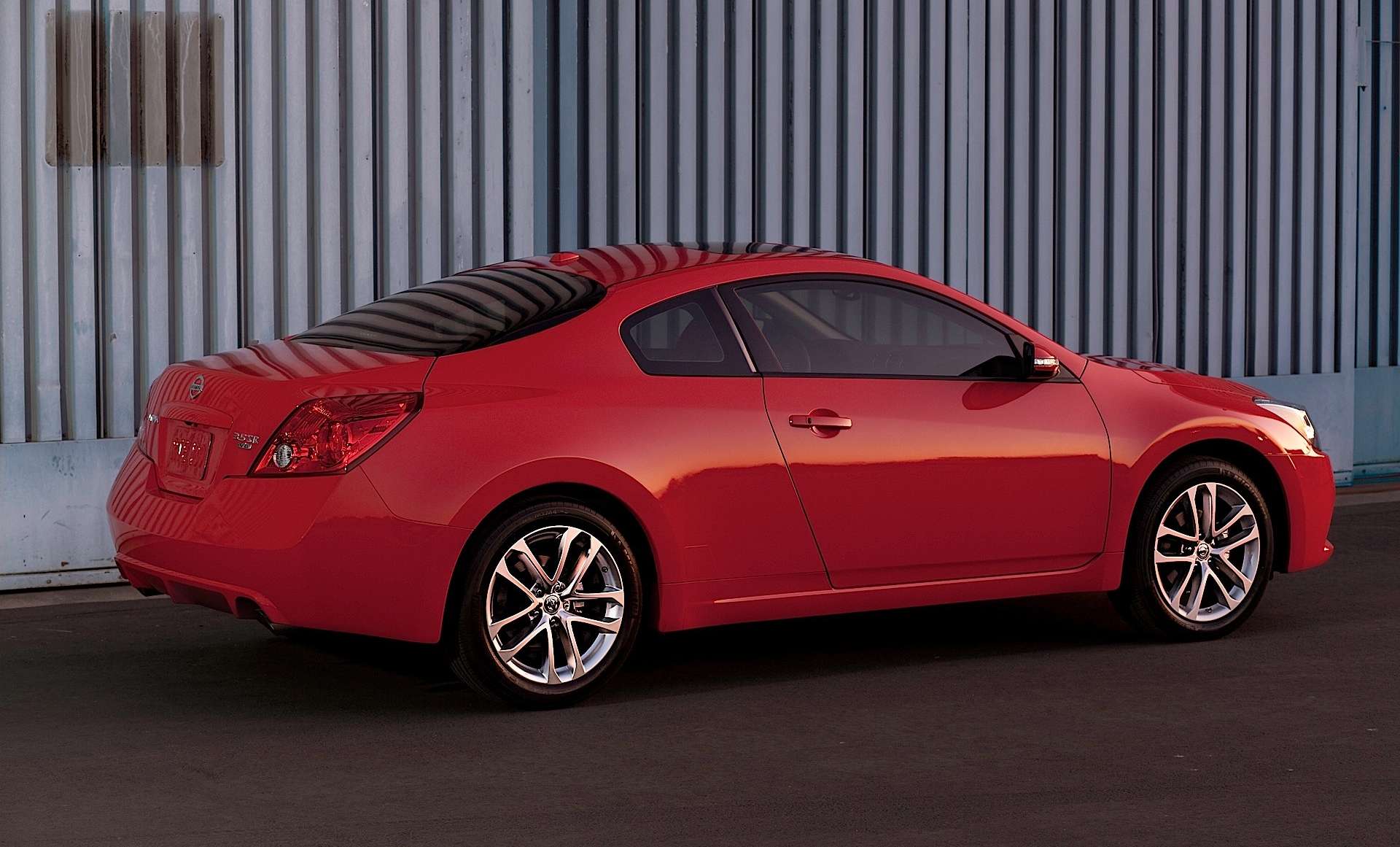
The 2.5 SL adds a heated steering wheel, leather upholstery, heated front seats, air vents for the rear seats, a four-way power front passenger seat, two-way adjustable front headrests, ambient interior lighting and a premium Bose nine-speaker sound system. The 3.5 SL gets 18-inch wheels, LED headlights, paddle shifters, front and rear parking sensors, a larger 7-inch color touchscreen, voice commands, and a navigation system with Google connectivity.
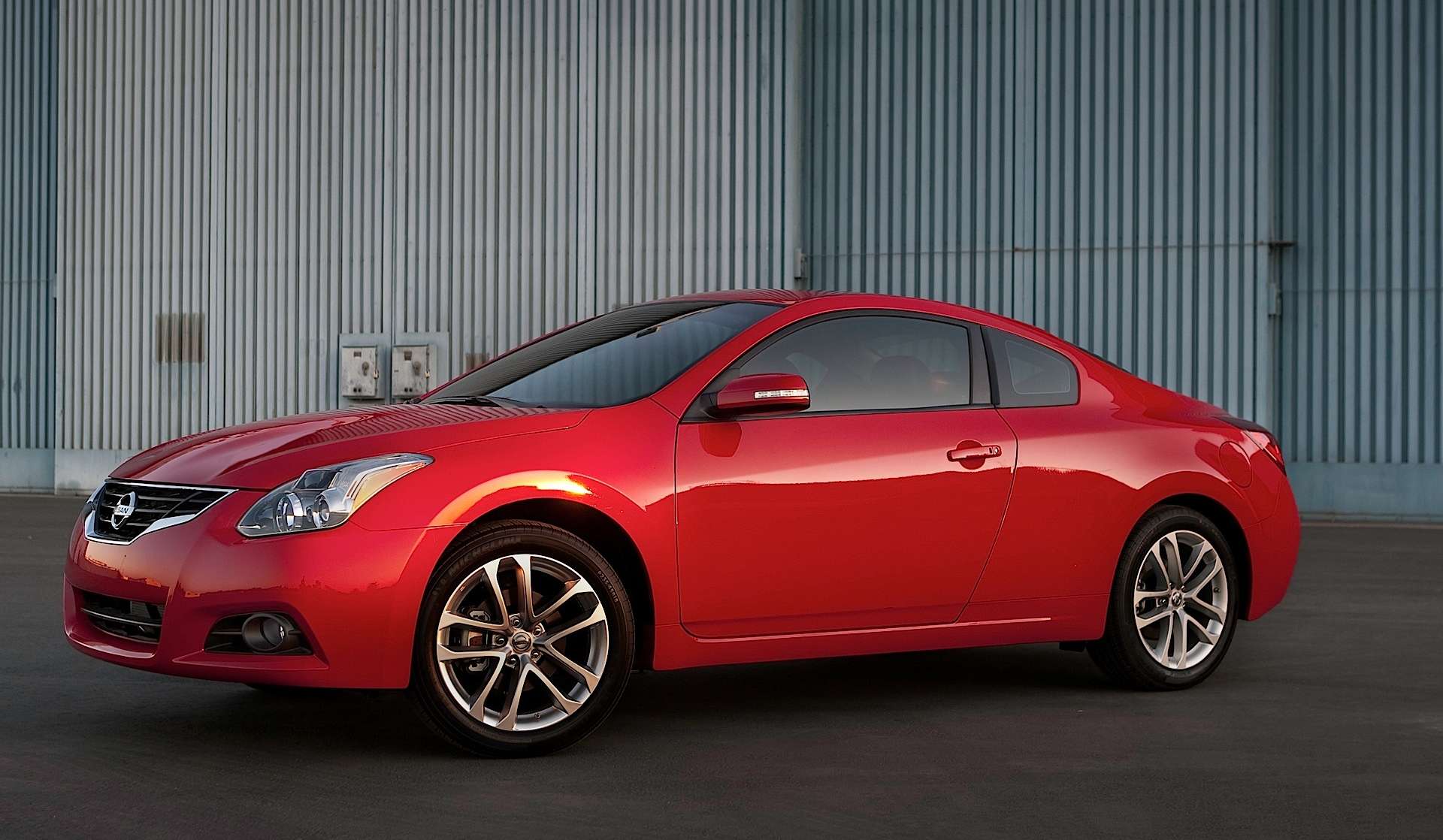
Some features are available on lower trims as options, either in packages or as stand-alone items, and include a sunroof, heated mirrors and an auto-dimming rearview mirror. SL trims can add bundled Technology packages that include adaptive cruise control, forward collision warning with automatic braking, and enhanced NissanConnect services with emergency telematics.
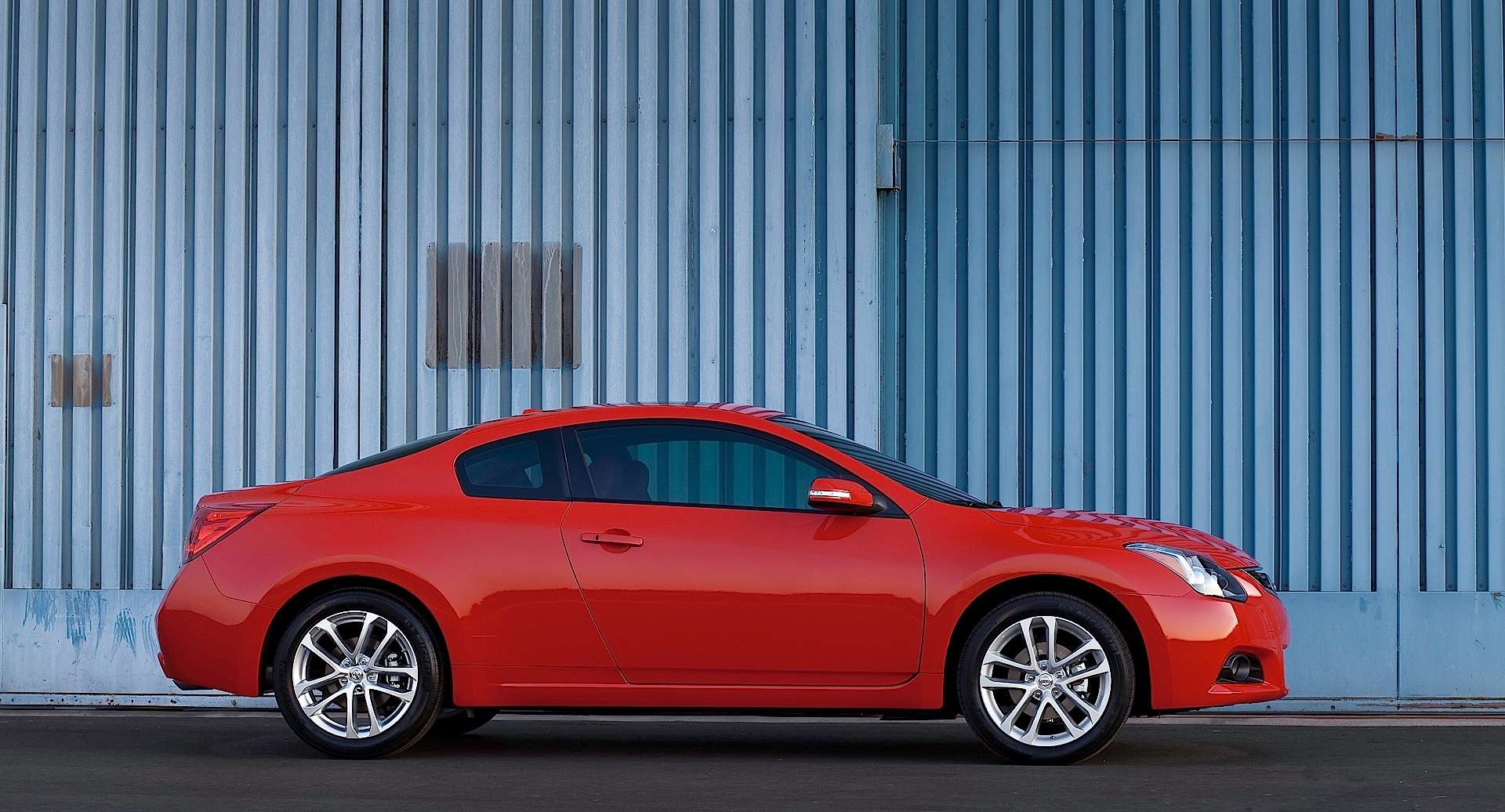
As mentioned, the trim levels for the Altima are broken up into two halves of the year: 2017 and 2017.5. They're mostly the same, but for 2017.5 models (Altimas built after June 2017), trims SV and above get forward collision warning and automatic emergency braking as standard.
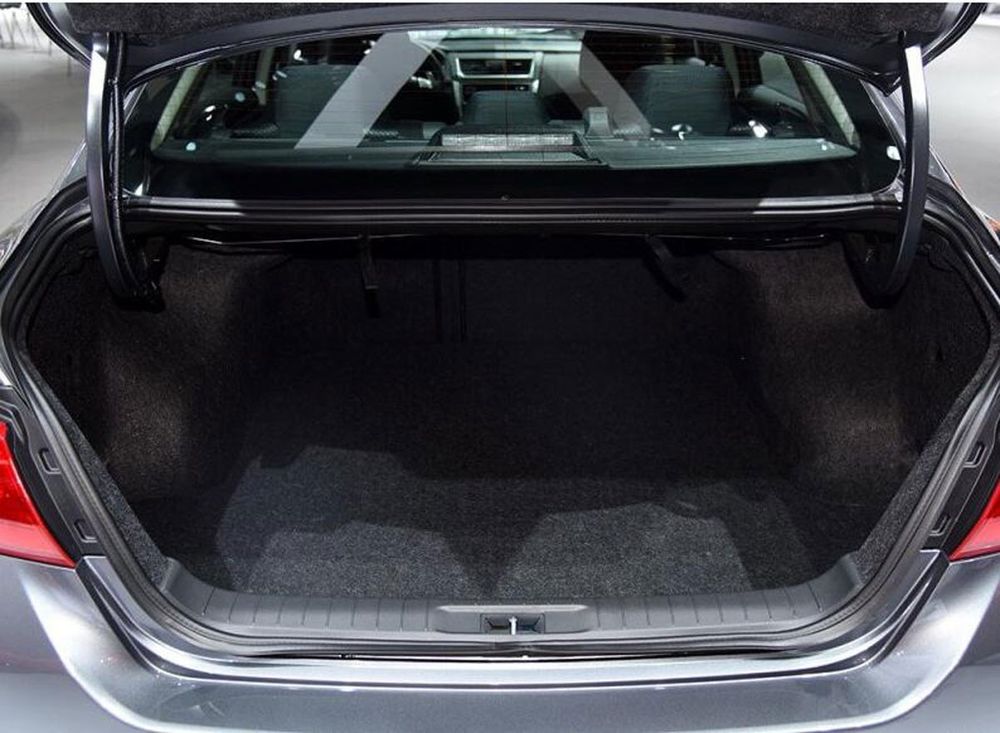
The 2017 Nissan Altima is available with either a 2.5-liter four-cylinder or a 3.5-liter six-cylinder engine. The four-cylinder produces 179 horsepower and 177 pound-feet of torque, sent to the front wheels through a continuously variable transmission (CVT) with simulated gears to feel more like a conventional automatic transmission.

EPA-estimated fuel economy is 31 mpg combined (27 city/39 highway). The 2.5 SR drops slightly to 30 mpg combined (26 city/37 highway).

In testing of an Altima 2.5 SV, we recorded a zero-to-60-mph acceleration time of 8.1 seconds, an average time for the class.
The 3.5-liter V6 engine is rated at 270 hp and 251 lb-ft of torque, enough to propel the Altima to 60 mph in 6.2 seconds. Fuel economy is estimated at 26 mpg combined (22 city/32 highway). These estimates, as well as those for the 2.5, are very good for a midsize sedan.
Nissan has done well historically with continuously variable transmissions (CVT), and the Altima continues that tradition. The CVT is more responsive when you press on the gas pedal compared to its competitors, and the simulated stepped gears reduce some of the engine drone that others suffer from. Still, drivers of an Altima 2.5 will feel the need to floor the pedal to get up to highway speeds confidently, and it will seem overly noisy and loud in the process.
The Altima used to hold a handling edge over other family sedans, but recent redesigns to its class rivals have eroded that advantage. It remains composed and predictable on a winding road, but the overall ride quality is slightly less refined over rough pavement. Like many things about the 2017 Nissan Altima, it neither excels nor fails.
The Altima's interior design and quality of materials are average, but its infotainment system falls short of the class leaders. The standard 5-inch display is small and difficult to read at a glance; the 7-inch upgrade is easier to read but less intuitive than competitive systems. The low positioning of the screen also makes it hard to see.
With the exception of the sporty SR trim, the 2017 Altima sedan is all about delivering a comfortable ride, quiet cabin and competent, but not sporty, handling abilities. Think Chevy Malibu and Hyundai Sonata rather than Ford Fusion or Mazda6. The SR trim does improve the Altima's handling, adding a stiffer suspension and 18-inch wheels, but no extra power. In 4-cylinder form, the Altima keeps pace with the base family cars from Honda, Subaru and Toyota, but it's the 270-horsepower V6 in the 3.5 models that turns this demure family sedan into something a bit more sinister. Delivering excellent acceleration and passing power, the 3.5-liter works well with the CVT automatic, although we really wish Nissan would build in predictable shift points as Subaru has done with its CVT. We also miss the option of a manual transmission on this model.
PREDICTIVE FORWARD COLLISION WARNING (PFCW) The 2017 Nissan Altima's Predictive Forward Collision Warning system not only sees the car directly in front, but also the one after. The system can detect if the second car is braking, giving you more time to react to the car directly in front when it begins to slow. EASY FILL TIRE ALERT No more fiddling around with tire-pressure gauges in the cold or dark of night. Nissan's Altima for 2017 will flash its lights and honk the horn when the tire you're filling with air reaches the proper pressure.
The 2017 Altima has room for five with good legroom in back, although headroom is snug. Up front all Altimas feature Nissan's zero-gravity seats. Said to be inspired by NASA, the seats are indeed comfortable for a variety of body shapes, whether outfitted in the standard cloth or optional leather. A tidy, C-shaped center stack included on all but base models houses a helpful color information screen. The front cup holders can now accommodate cups with handles, and with 15.4 cubic feet of space the Altima's spacious trunk can be made larger by folding down the rear 60/40-split seatbacks.
Nissan's new Altima bears a strong family resemblance to the rest of the company's car line, with Nissan's familiar V-shaped grille design and sleek headlight housing. Around back, the Altima's rear sports an expressive bumper, and taillight housings that extend horizontally into the trunk door. SR variants are distinguished with a subtle integrated spoiler. All models feature a pair of chrome exhaust housings for an athletic vibe. Overall, we'll call the Altima's shape handsome and on the conservative end of the sedan spectrum. It may not pop as much as others, but the design should hold up well in the years ahead.
The Altima is available in seven trims, from the base 2.5 to the top-line 3.5 SL. Spring for the least expensive and you'll get an automatic transmission (optional on some rivals) and basic amenities like power doors, windows and air conditioning, along with push-button ignition, keyless entry and Bluetooth connectivity. The base audio system is a 4-speaker AM/FM/CD player with auxiliary input but no USB port. We suggest spending the extra $ 400 to step up to the Altima 2.5 S, which includes a rearview monitor, cruise control, hands-free text-messaging assistant, NissanConnect suite of mobile apps, automatic headlights and 5-inch color monitor.
Continuing to climb trims brings amenities like a power driver's seat, leather interior, aluminum-alloy wheels, power moonroof and LED headlights. Many extras are bundled into packages and vary by trim. Highlights include a navigation system with upgraded 7-inch touch screen, a cold-weather package with heated front seats and steering wheel, and technology packages with everything from blind-spot monitoring and dynamic cruise control to the Predictive Forward Collision Warning we praised in Favorite Features. Audio buffs can delight their ears with a 9-speaker Bose premium sound system.
A redesigned Altima came during the summer 2012 for the 2013 model year. The 2-door Nissan Altima Coupe, like the all-new 2013 4-door Altima Sedan, offers high quality and high value – while maintaining its added touch of aggressive coupe styling.
Known by many names, this major Asian conglomerate has been making cars since 1914. Today, Nissan is the third largest automaker in Japan. The Nissan Motor Company took over the Datsun company in 1933 and in 1934 it would take on the name we all know today.
The first Datsun passenger car came off the assembly line in 1935 and pretty soon Nissan started exporting to Australia. In 1937 the Datsun Type 15 becomes the first mass-produced vehicle in Japan, which also comes in mini-pickup and delivery van form.
Ever expanding the production, Nissan decides to expand into the United States. This move from 1958 was made due to the American influence Nissan had thanks to its designer, William R. Gorham. The models exported to the US were 1200 Sedans with a 48 hp engine, a compact pickup with 37 hp which later became a top seller during the 50s.
By the time the 60s rolled in Nissan had already made a name for itself on both sides of the Pacific. Now, the company moves into another part of the market, starting to sell sport cars. At first, it would be the SPL 210, a narrow, high roadster had a folding soft top and a 48hp engine, soon upgraded to a 85hp version.
Catering for the American market, Nissan introduces the Bluebird, with synchronized 3-speed transmission in 1962. In the off-road sector, the Patrol is debuted, with a generous amount of horsepower, that was marketed as being able "to climb trees". In 1967 the 2000 Roadster is let loose upon the unsuspecting public and onto the racing world which it takes by storm.
The sporty line is continued in the 70s with the "Z" line, one still continued today. The 1970 240Z becomes the best selling sports car in the world by offering quality and comfort at an affordable price. Sales in America start taking off until eventually, in 1975, Datsun becomes the number 1 importer in the States.
Nissan starts expanding during the 80s in order to keep up with demand and opens up new factories. And just when everyone thought that Nissan couldn't get any bigger, along comes a whole new brand of Nissan, one aimed at a more luxurious segment of the market, Infiniti. In 1989, as the Infiniti project getting off the ground, parent company Nissan was celebrating its millionth car built in the US.
As new plants get built throughout the 90s, new models are added to the line up to corner the market. The Altima sedan and the Sentra become front-runners as the best sold models in the Nissan line-up. Next, in 1999, it was time for the European market, Nissan signs an agreement with French manufacturer Renault to use each other's expertise and strengths.
In 2002, the Z concept is resurrected with the 350Z, a sporty car that quickly wins over car enthusiasts but specialists as well. The ewly-formed SUV market will also be represented in the Nissan line-up with the Murano. Now, the boys over at Nissan seem to have a real hard point to make as they've released the GTR, a super-sporty car, the crowning jewel of Nissan motoring and engineering.
2017 Nissan Altima Midnight Edition Specs
Source: https://www.mycarspecs.com/car/2017-nissan-altima-base-25-sr
 Reviewed by Admin
on
Desember 05, 2021
Rating:
Reviewed by Admin
on
Desember 05, 2021
Rating:

Tidak ada komentar: